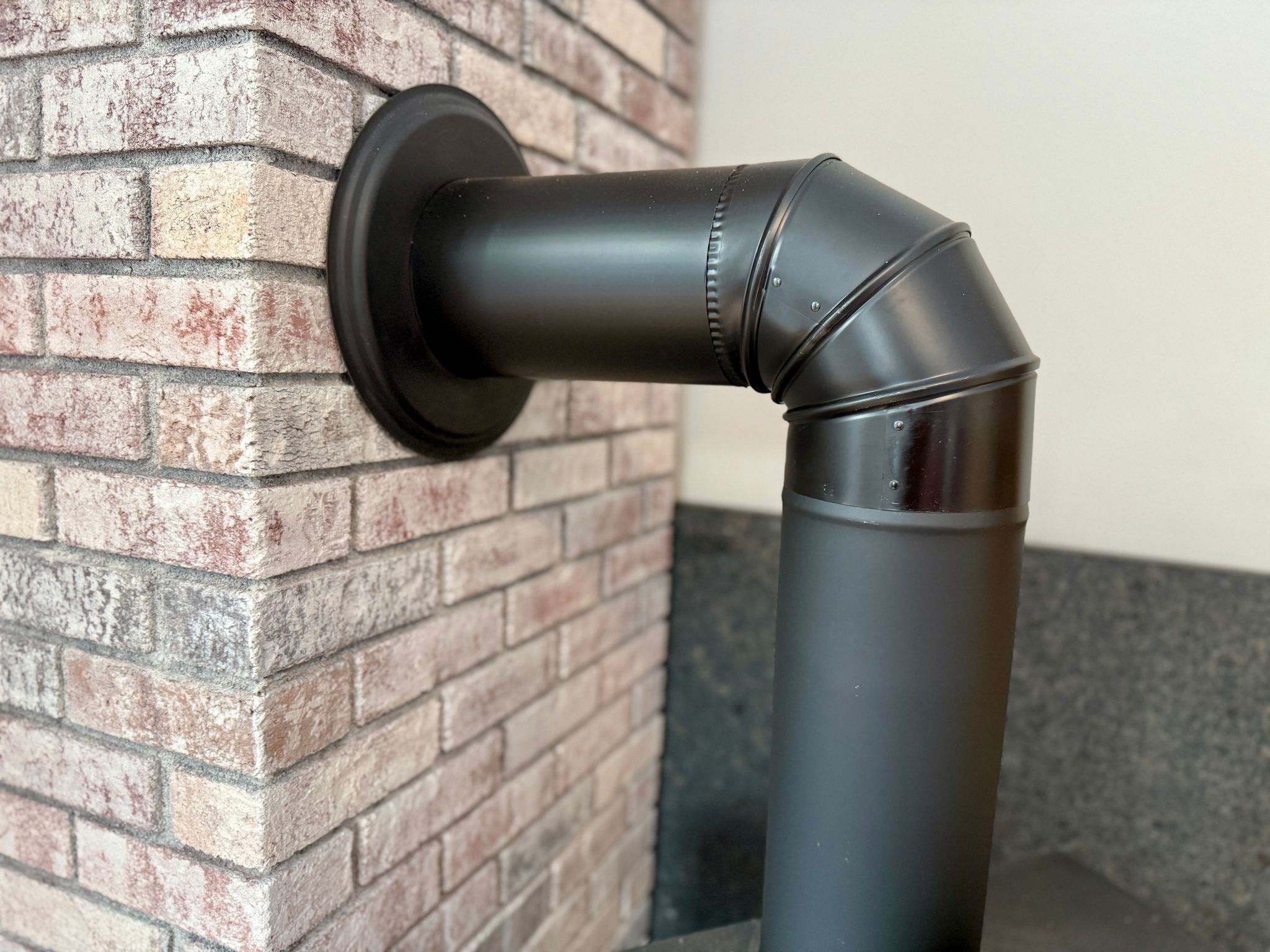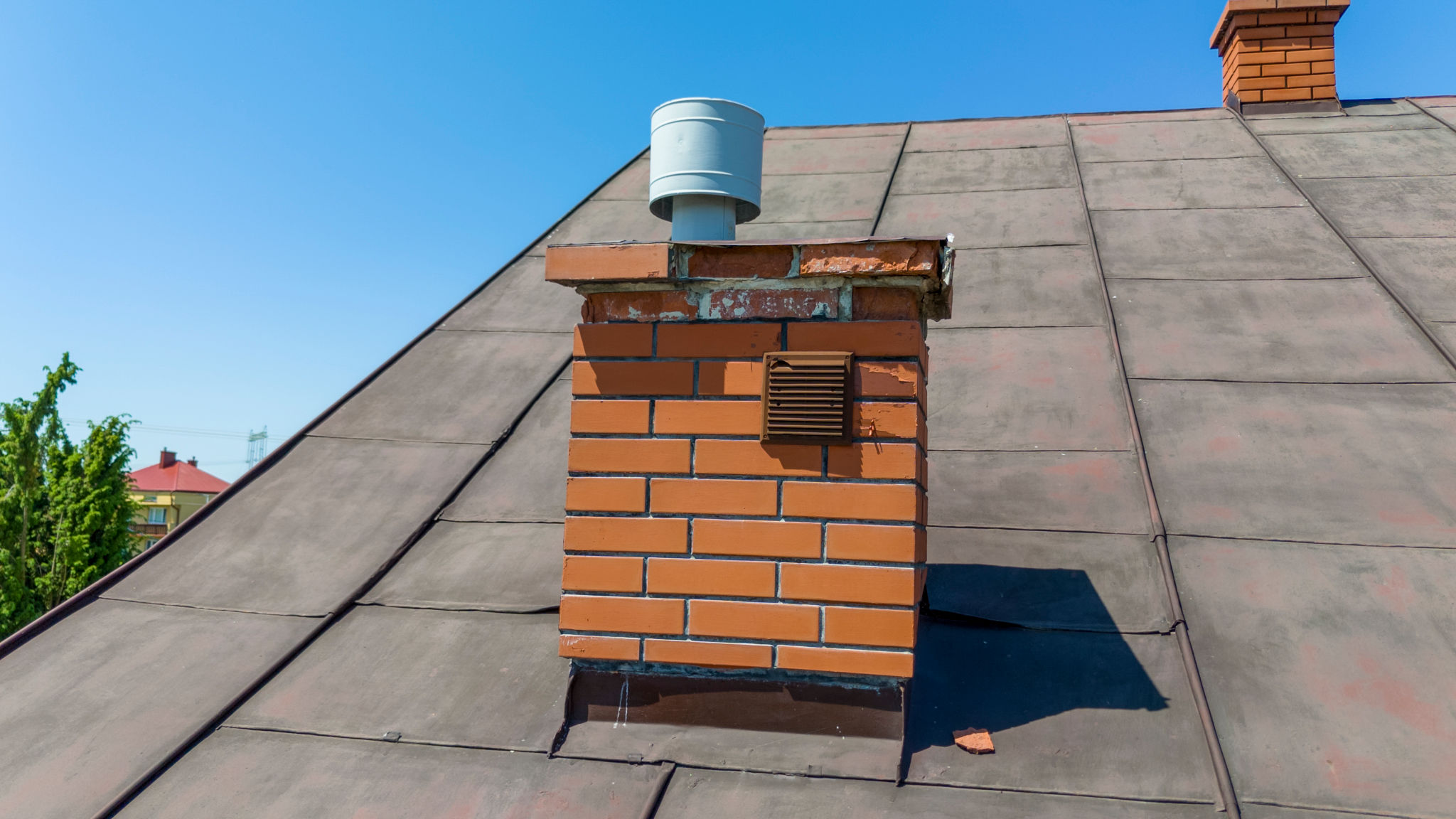Common Chimney Problems in Silver Spring Homes and How to Fix Them
Understanding Common Chimney Problems
Chimneys are essential components of any home that enjoys the warmth and ambiance of a fireplace. However, these structures can encounter a range of issues over time, particularly in regions like Silver Spring, where weather conditions can be harsh. Understanding common chimney problems and how to address them can help homeowners maintain a safe and efficient fireplace.
One of the most frequent issues homeowners face is chimney blockage. Blockages can occur due to various reasons such as bird nests, leaves, or creosote buildup. This accumulation can impede smoke and gases from escaping, posing a health hazard. Regular inspection and cleaning are crucial in preventing blockages.

Cracks and Structural Damage
Over time, chimneys can develop cracks due to weather exposure and natural wear and tear. These cracks can lead to water infiltration, which may further damage the chimney structure. Homeowners in Silver Spring should be particularly vigilant after harsh winters or heavy rainfalls. Addressing minor cracks early with waterproof sealant can prevent more severe deterioration.
In some cases, structural damage might require professional repair. A damaged chimney cap, for example, can allow water to seep in, leading to further issues. Regular maintenance checks by a professional can help in identifying and fixing structural problems before they escalate.

Draft Issues and Smoke Backflow
Another common problem is draft issues, where the chimney fails to draw smoke out effectively. This can cause smoke backflow into the home, leading to unpleasant smells and potential health hazards. Draft problems can result from a range of factors including incorrect flue size or obstructions within the chimney.
To fix draft issues, ensure that the damper is fully open before lighting a fire. In some cases, a chimney expert may need to install a draft inducer or adjust the flue size to improve efficiency. Regular cleaning and maintenance are vital in preventing draft-related problems.

Creosote Buildup
Creosote buildup is a significant concern for chimney safety. This black, tar-like substance forms when burning wood, especially if the wood is not fully dried or seasoned. Creosote is highly flammable and can lead to dangerous chimney fires if not regularly cleaned.
To minimize creosote buildup, use only seasoned wood and ensure proper airflow when using the fireplace. An annual chimney sweep by a certified professional can help in keeping creosote levels under control and maintaining a safe fireplace environment.
Tackling Moisture Problems
Moisture is an enemy to chimneys, leading to rust, weakened mortar joints, and even mold growth. Silver Spring's humid climate can exacerbate these moisture problems. Installing a chimney cap and ensuring that the flashing is intact can significantly reduce moisture intrusion.
If you suspect moisture issues, look for signs like white staining (efflorescence) on the chimney exterior or rust on the damper. Addressing these signs promptly by consulting with a chimney specialist can prevent extensive damage to your chimney system.

In conclusion, maintaining your chimney's health involves understanding common problems and taking proactive steps to address them. Regular inspections, cleaning, and timely repairs are key to ensuring that your Silver Spring home enjoys a safe and efficient fireplace for years to come.